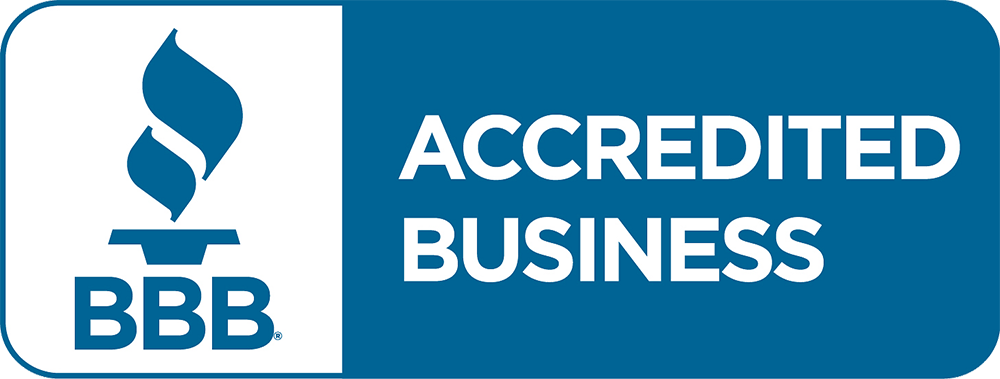Webinar Presentation
- Address the new SBA 7(a) SOP
- Updates to the program and NEWITY’s process
- Deep dive into how these changes could mean more money for your business
Webinar Q&A
FICO – A guarantor’s credit score
SBSS – “Small Business Scoring Service,” which is a score determined by the SBA and represents the business’ credit score; this is heavily determined by the guarantor’s FICO
EBITDA – “Earnings before interest, taxes, depreciation, and amortization”
DSCR – “Debt Service Coverage Ratio,” this formula calculates how much EBITDA a business generates annually divided by the annual payment of debt the business currently holds
Yes, you are eligible to apply for another SBA 7(a) loan if you are in ‘good standing’ with the SBA and you are beyond the grace period of 90 days from the approval date of your last 7(a) loan.
SBA 7(a) can be used for a variety of expenses, such as marketing, payroll, rent, utility costs, membership subscriptions, or other operating expenses.
To be in ‘good standing’ with the SBA means that you are current on all of your SBA loan payments regardless of whether it is an SBA 7(a) loan or another type of SBA loan that your business has acquired, including Paycheck Protection Program (“PPP”) loans.
The SBA defines small business by amount of revenue and its number of employees. This can range from revenue up to $40 million and number of employees up to 1,500.
This is also determined by the industry in which your business operates in and can vary slightly.
FICO is your personal credit score based on a range from 300-850 and is determined by specific financial factors. The main categories are payment history, amounts owed, length of credit history, new credit accounts, and types of credit used.
SBSS is your business’ credit score, determined by the SBA and utilized to assess the creditworthiness of your business. This score is based on a range of 0-300. SBSS scores are calculated by looking at a combination of the business’s credit and the owner’s personal credit (FICO).
Both your personal FICO score and your business’s SBSS score will be taken into consideration to determine your eligibility for the SBA 7(a) program. The program minimums are a FICO score of 650 or higher and an SBSS score of 155 or higher to be eligible.
If you’re not eligible for the amount that you’re applying for through the SBA 7(a) program, but are still eligible for the program, our team will be able to help you apply for the amount that you’re eligible to receive.
Yes, but the business must be in operation for a minimum of 1-year prior to be considered eligible.
Applying businesses that have been in operation between 1 and 2 years are eligible for up to $50,000 in an SBA 7(a) loan. Businesses that are at least 3 years old are eligible to receive up to $250,000, or any amount between $17,500 – $250,000 for which they are eligible.
If you are current on your EIDL payments this will not affect your eligibility of your 7(a) loan application. For loan applications above $50,000 we would need to include this in our debt service analysis on the application.
The interest rate for an SBA 7(a) loan is based on the Wall Street Journal (“WSJ”) Prime Rate + 2.75%. Since the WSJ Prime Rate is variable, as the rate increases or decreases, so does the interest rate of your loan.
You can find the current WSJ Prime Rate searching for “WSJ Prime Rate Today.”
If a majority owner of the business has over a 650 FICO, the business is eligible. If two owners are 50/50, only one of the partners needs to have a FICO above the 650 minimum.
